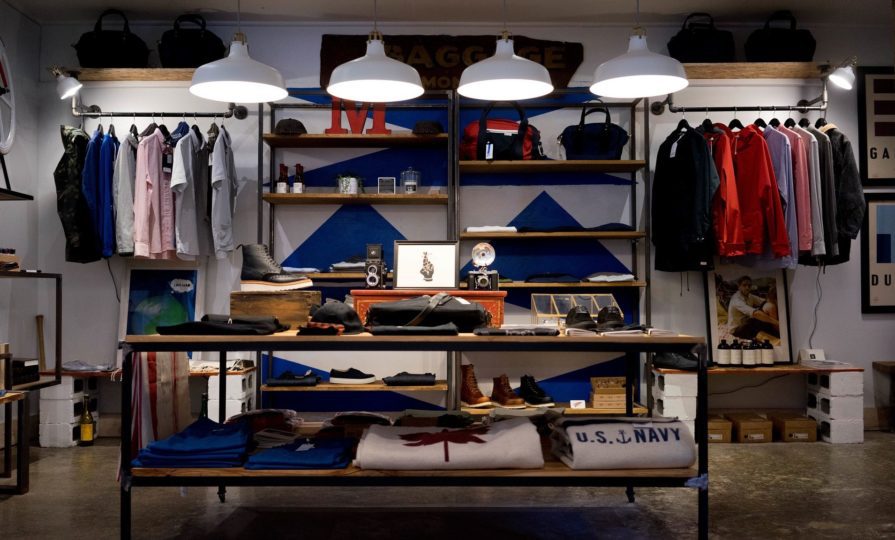Retaining the value of stock in a circular economy

The equivalent to 350,000 tonnes of clothing, worth around £140 million, ends up in UK landfill each year, according to Clothes Aid. More consumers and retailers have come to realise the significant impact of unsustainable business on the environment, creating a momentous change and a huge growth in the circular economy.
Initially, we witnessed a shift in consumer behaviour with environmentally conscious attitudes starting to drive purchase decisions. Research by the Fashion Retail Academy discovered that consumers were willing to spend more money on an item if it was sustainable and if the product offered a longer life span. Similarly, consumers are also choosing sustainable brands over those that send overstock to landfill. Following backlash from consumers, large retailers have put an end to destroying excess products in an effort to protect their brand image and attract loyal customers by implementing sustainable supply chain practices.
Consumer attitudes are not the only driving force behind this shift towards sustainable business practices. In France last year, legislation was introduced leaving retailers with no choice but to manage excess inventory in sustainable ways. The new law to ban the destruction of unsold goods in France is a step towards the EU reaching its climate goals of which other countries are likely to follow. It is only a matter of time before retailers in other parts of the world will be forced to reconsider their supply chain operations too.
Therefore, adopting sustainable supply chain operations is becoming more of a necessity rather than a choice for retailers across the globe. Retailers must now face the challenges of excess stock with new sustainable business strategies rather than use the destroy to forget strategy.
Staying on top of the amount of overstock is becoming increasingly difficult as consumers continue to buy online and return enormous volumes of stock which cannot be resold. With lax and convenient returns policies being used as a competitive marketing tactic to attract custom, this is leaving retailers with more overstock than ever before. In addition, with many shops closed due to the current retail climate we are facing, retailers will experience even higher levels of overstock as the pace of shopping almost grinds to a halt and stock inevitably becomes out of season.
In order to support the circular economy, retailers must find a new home for huge volumes of overstock items. Leading retailers are using second-hand channels to find new buyers for valuable stock, collectively worth millions, which other retailers are currently choosing to destroy. With many buyers willing to purchase second-hand items and growing numbers of valuable second-hand items being sold, secondary market channels are booming and increasingly being used by buyers and sellers alike. In the UK, sites such as Depop, Shpock and Preloved have grown in popularity among consumers and are seeing significant growth in adoption.
For retailers who have high volumes of overstock, finding a unique but diverse buyer base is essential to disperse of old stock to make room for the new. Leading retailers are turning to secondary market solutions such as B2B marketplaces to host privately owned online auctions and connect and sell directly with a vast number of interested buyers. In 2019, 400 million lbs worth of products were saved from landfill after being sold on B-Stock’s secondary marketplace platform – that is equivalent to around 177,000 transactions that were carried out globally in 2019.
In these online auction channels, retailers are increasingly finding new homes for overstock which would have otherwise been sent to landfill. In addition, the stock is able to recover its value as multiple buyers compete for products which increases the value and price of the products when sold. Not only can retailers support a circular economy using secondary marketplaces, they can create a strategy which offsets the loss of unsold stock and ultimately protect the bottom line.
This article was contributed by B-Stock









